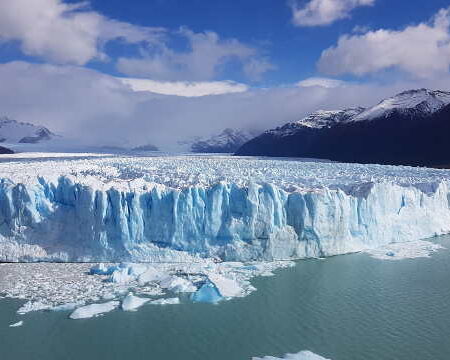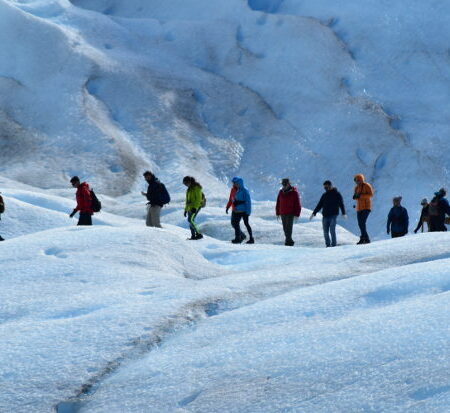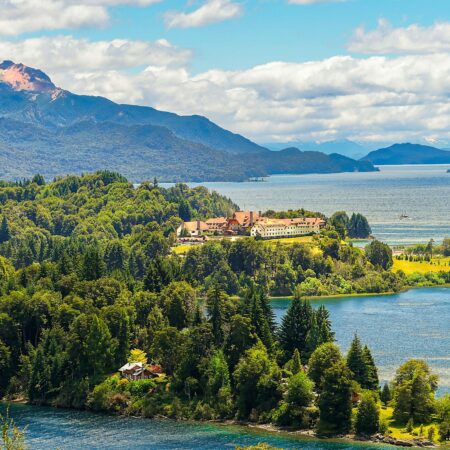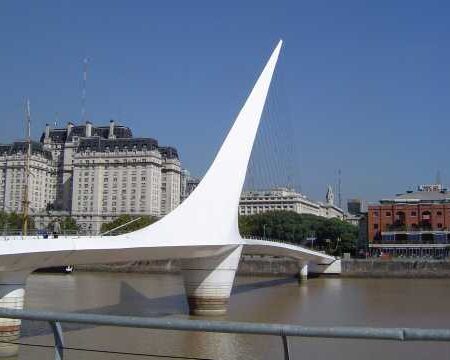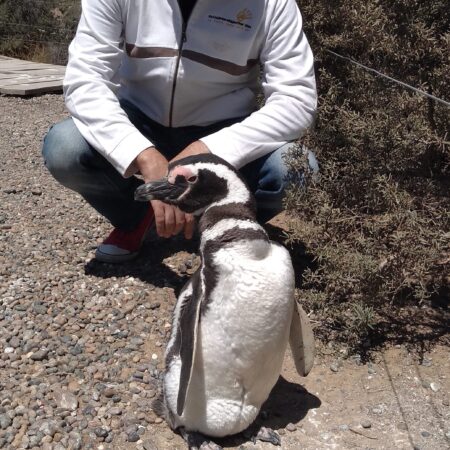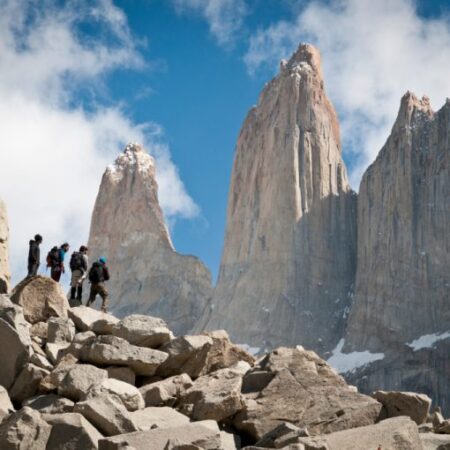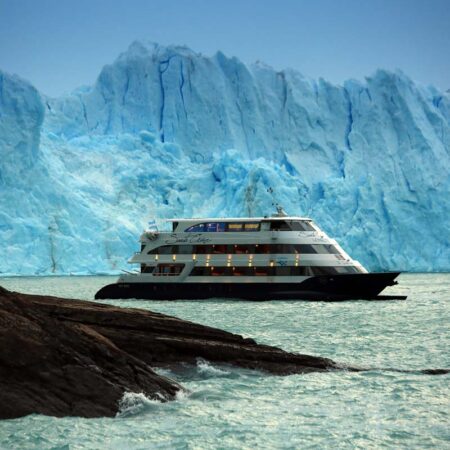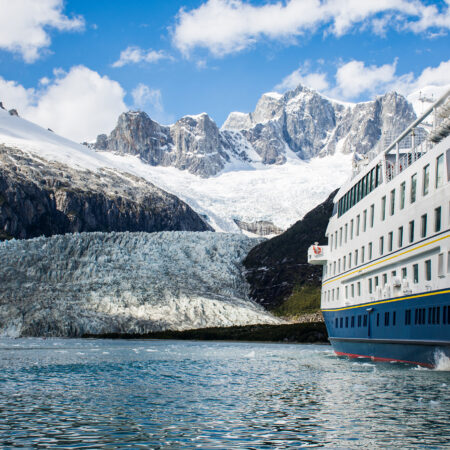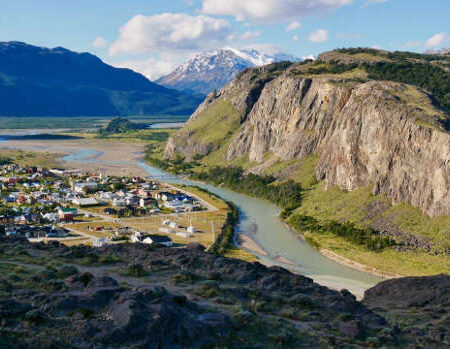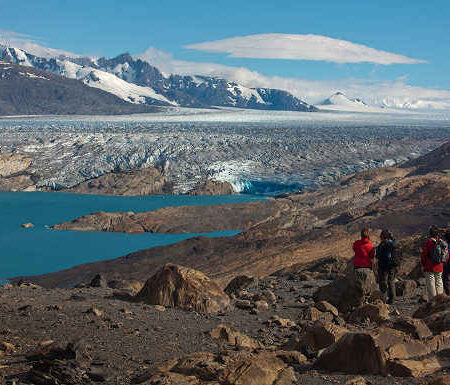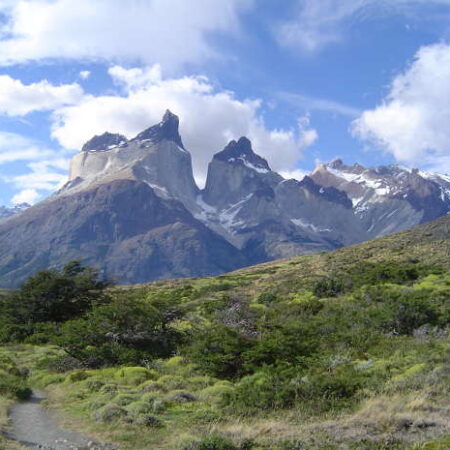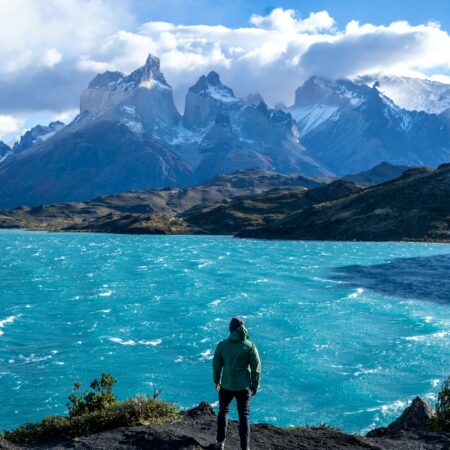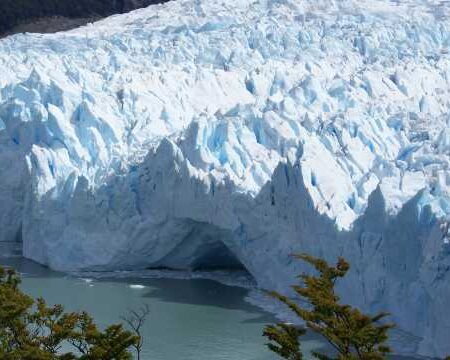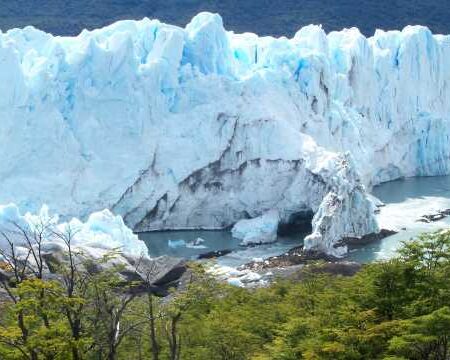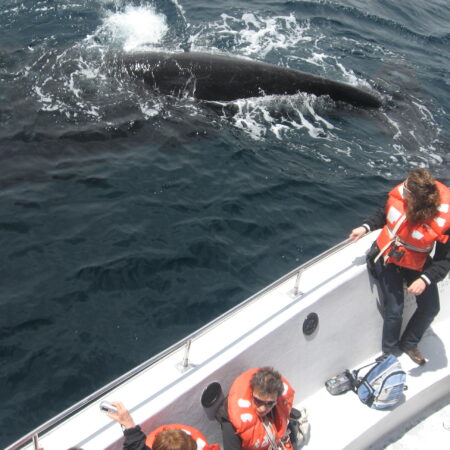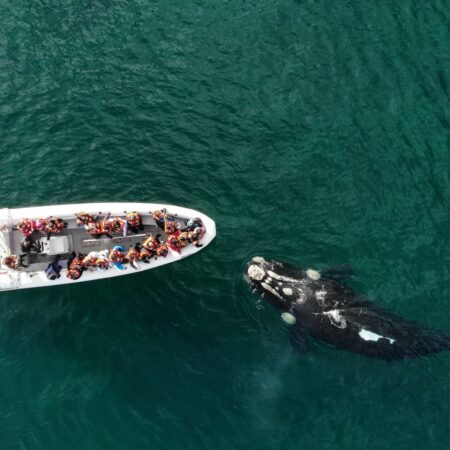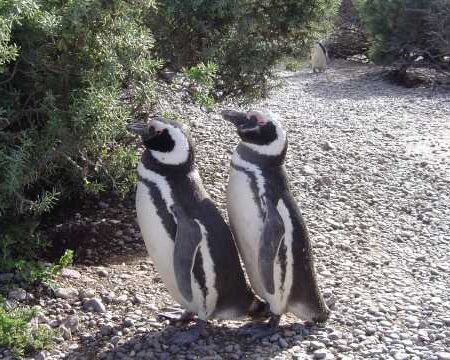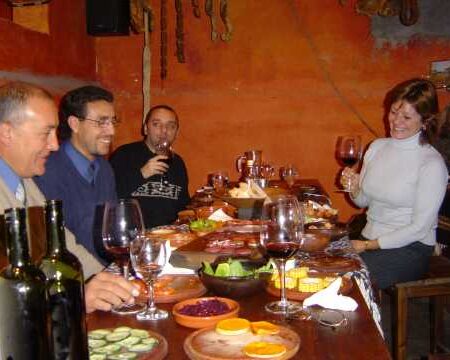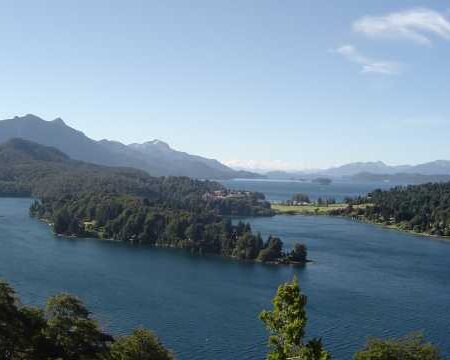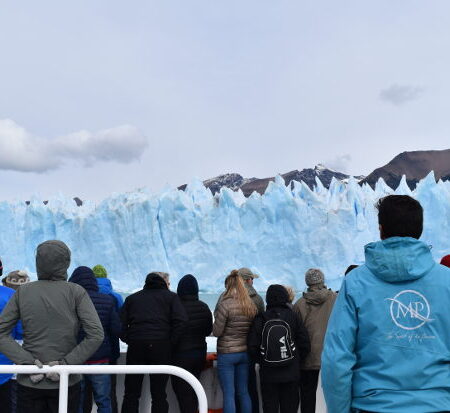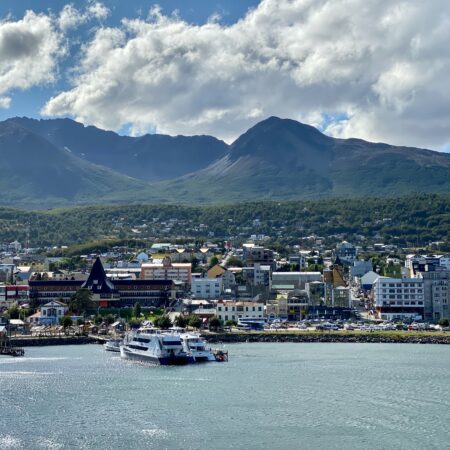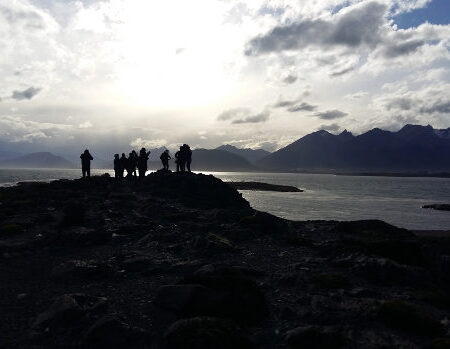It is not a secret that Patagonia shelters fantastic stories, inordinate men, almost impossible missions. Julio Popper and the search for gold is one of them. In this first part we tell you who this man was, how his life was and how he came to this end of the world looking, above all, for adventure.
Who was Julio Popper?
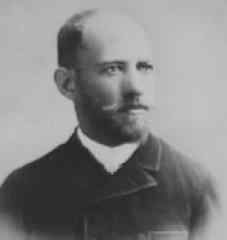 He was a young Romanian, born in the bosom of a Jewish family in Bucharest, in 1857. As if to feed the legend, the exact day of his birth is not known. His family came from Poland. It is known that his father, Naftalí, was a prominent intellectual, mastered several languages ??and, among other things, founded the first Israelite school in Bucharest, with an advanced teaching program for the time. To scandal of the orthodox, it was not taught in Hebrew but in Yiddish, Romanian, and German. Journalism was another of his activities: he edited a liberal Romanian-Yiddish bilingual weekly, called “El Tiempo”, which only lasted three months in circulation because it was not accepted by the more conservative Jewish sector.
He was a young Romanian, born in the bosom of a Jewish family in Bucharest, in 1857. As if to feed the legend, the exact day of his birth is not known. His family came from Poland. It is known that his father, Naftalí, was a prominent intellectual, mastered several languages ??and, among other things, founded the first Israelite school in Bucharest, with an advanced teaching program for the time. To scandal of the orthodox, it was not taught in Hebrew but in Yiddish, Romanian, and German. Journalism was another of his activities: he edited a liberal Romanian-Yiddish bilingual weekly, called “El Tiempo”, which only lasted three months in circulation because it was not accepted by the more conservative Jewish sector.
As we can see, life was not easy for a young man with concerns pertaining to a community like the Jewish minority in Bucharest in the middle of the XIX century.
Popper wanted to enter the Polytechnic University of Bucharest, but he did not succeed because of his Jewish status. Finally he chose to emigrate in search of better horizons for his aspirations. He studied at the Polytechnic University of Paris, at the National School of Bridges and Routes, where he graduated as a Mining Engineer. In this stage he gave classes to pay for additional courses at La Sorbonne on physics, chemistry, meteorology, geology, geography and ethnography. He dominated German, Romanian, Yiddish and French. He had notions of Italian, Latin and Greek.
It is curious how the word “Patagonia” came to his ears for the first time. He recalls in his writings that, in one of his trips to Europe, when passing a circus, the businessman encouraged the passers-by to enter saying they could see “an Indian of the tribes of Australia, of the cannibals of Patagonia, which had eaten raw the tongue of his mother-in-law “.
Travel starts
Seeking new jobs he went first to Constantinople, from there he went to Egypt, he worked in maintenance tasks of the Suez Canal, traveled through the Middle East, India, China and Japan. In 1881 he returned to Romania, but only circumstantially to visit his family. He did not know it would be the last time he would see them …
He tried to relate to the people of the Geographic Society of his country but evidently his personality was made for travel and that same year he undertook a new journey that would take him to Siberia, from there to Alaska, then Canada, to finally reach the United States. There he spent a lot of time in New Orleans, where he participated in the planning of the canalization and urbanization of the city.
The following year he went to Cuba, at that time still a Spanish colony. There he made an urban planning plan for Havana and its Port. He went to Mexico, where he began his career as a journalist in the “Diario de Los Forasteros”, the organ of foreign minorities. After doing several cartographic works, he went to Brazil. While there, the news reached him that gold had been found in the Strait of Magellan. Without hesitation, he left immediately for Buenos Aires. He was 28 years old.
The brightness of gold
Eldorado’s fantasy still sounded strong in the imaginary of the time, and even more so for Popper, who not only thought about legends but also a very real and profitable company.
Buenos Aires’ newspapers compared this unexplored area with the American West, California and Yukon. After all, in both cases, these lands also represented “the end of the world”, the unknown, the territory that was beyond all explored, the land of myths and legends.
The first reconnaissance excursion is made by Popper between March and May of 1886. It covers the route that goes from Cabo Vírgenes to Punta Arenas. In October of 1886, he first stepped on Tierra del Fuego. What he saw on these trips was far from being “Eldorado” or the “City of Caesars”. Only on the beaches of Punta Arenas did he find, in very small quantity, some gold-bearing sands.
However, back in Buenos Aires, in 1887, he gave a conference that was so enthusiastic to those present that it resulted in the founding of the Washed Gold Southern Company. Its members belonged to the high society of the moment: José María Ramos Mejía, Joaquín M. Cullen, Alfonso Ayerza, Tomás A. Le Breton, Emilio Lamarca, the most select of the commercial world of that time.
As Director of this mining company, in the spring of 1887, Julio Popper returns to Tierra del Fuego and founds, in an inhospitable place, swept by the wind, the famous mining establishment which he named “El Páramo”. The history of El Páramo and the destiny of the gold prospectors of Patagonia, will be revealed in the second part of this story, available here.
Research and Text: Marita Alasio – Alejandra Torrealba
(Photo courtesy of the End of the World Museum – Thematic Archive)
